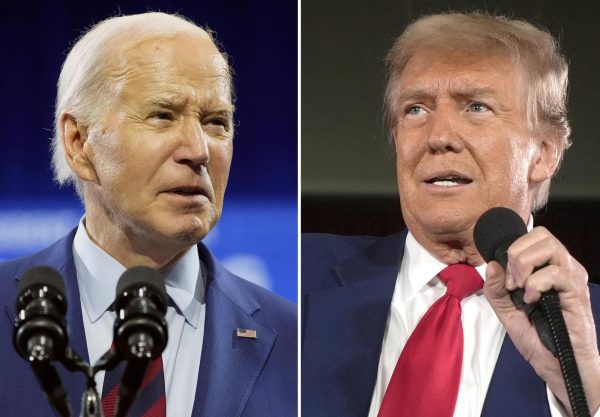Same respect
February 6, 1992
As a scientist dedicated to the reconstruction of prehistoric life ways, I believe, like Mike Fargas of NIU’s history department, that American Indian remains deserve the SAME RESPECT as remains of other cultures. However, the article in the Northern Star (Feb. 3) perpetuates a number of misconceptions about the treatment of Native American remains (particularly skeletal remains) that suggest that Native American remains have not been treated equally. It was asserted that “countless museums in this country display skeletons and other objects found in Native American burial sites.” Please note that few ever displayed skeletal remains and Dickson Mounds was one of the last to do so.
In contrast, Native Europeans are frequently publicly displayed. Recall that casts of victims of Pompeii’s eruption in A.D. 79 are on public display as are the (Christian) skeletons of Kourion’s (Cypress) earthquake (A.D. 365), most notably a young couple (“Romeo and Juliet”) who died in a futile mutual protective embrace as their ceiling fell in on them, to name JUST two. And who has not seen Egyptian mummies? The purpose of these public displays is not to titillate, but to serve as poignant reminders that prehistoric cultures are, after all, ROOTED IN PEOPLE and not art objects or monumental architecture.
The display of funereal objects is the status quo for museums in the U.S. as well as Europe__one need only go to the Field Museum and Art Institute of Chicago for extensive exhibits of (life ways revealing) funereal items from classical antiquity (Europe and Egypt) that even include the sarcophagi. Grave goods of Europe’s “Natives” from the pre-Metal ages, Metal ages, Viking period, etc. generously pepper the collections of Europe. It might justifiably be considered blatant Eurocentrism if Native American equivalents were NOT displayed in American Museums.
As to an expected uproar if Christian or Jewish cemeteries are excavated, please not that Israeli museums house extensive collections of it’s local populations extending far back into antiquity. Note also that by far the largest skeletal collections in Europe are (surprise) Medieval. There is no, and never has been a mandate to repatriate any of this material. I should point out that the 4,000 year old “ice man” found with much fanfare in the Austrian Alps in late 1991 will most assuredly never experience a Christian burial.
There is no justification for the assertion that the display of Native American remains promotes racism. While the display of human remains may be personally offensive to many for a variety of reasons, the study of this material should also not be interpreted as an affront to the spiritual concerns of Native Americans as the study is not an affront to the equally since spiritual concerns of the much studied Native European (Christian and Pre-Christian), Jew, or other religious or ethnic group. It is the conviction of those of us who study Native American prehistory in particular that the First Americans are entitled to an antiquity devoid of European cultural imperialism.
In this era of multiculturalism, education is indeed, as Fraga asserts, the key to mutual respect and it is time we learn about prehistoric Native American growth and efflorescence—and not dwell on their Postcontact twilight. Perhaps the honored dead would agree.
Maria O. Smith
Assistant Professor
Department of Anthropology













